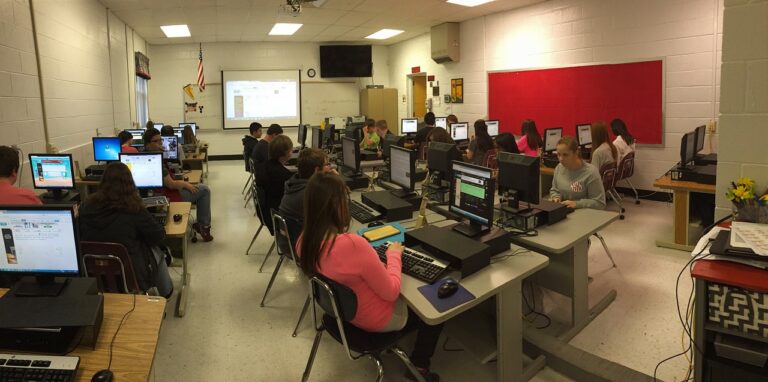The Evolution of Blended Learning Models: Best Practices
Blended learning models have undergone significant evolution over the years, adapting to the changing landscape of education. Initially, these models simply combined traditional face-to-face instruction with online components. However, as technology advanced and learning needs diversified, blended learning models began to incorporate more interactive and engaging elements. These evolving models now aim to provide a seamless integration of in-person and online learning experiences, catering to a variety of learning styles and preferences.
The evolution of blended learning models has also been driven by the increasing recognition of the importance of personalized learning and student-centered approaches. Modern blended learning models prioritize flexibility and individualization, allowing students to progress at their own pace and choose learning modalities that best suit their needs. By leveraging technology and innovative teaching strategies, educators have been able to create more dynamic and interactive learning experiences within blended learning environments.
Defining Blended Learning
Blended learning is a pedagogical approach that combines traditional face-to-face instruction with online learning activities. This hybrid model seeks to leverage the advantages of both in-person teaching and digital resources to create a more dynamic and flexible learning experience for students. By incorporating technology into the learning process, educators can personalize instruction, provide instant feedback, and cater to diverse learning styles.
In a blended learning environment, students have the opportunity to engage with course material through a variety of mediums, such as online discussions, videos, quizzes, and interactive simulations. This approach encourages active participation and collaboration, as well as the development of digital literacy skills. By integrating online components into the curriculum, educators can extend learning beyond the confines of the traditional classroom and create opportunities for self-directed study and exploration.
What is blended learning?
Blended learning is a teaching method that combines traditional in-person instruction with online learning activities.
How has blended learning evolved over time?
Blended learning has evolved from a simple mix of in-person and online instruction to a more complex model that incorporates various technologies and teaching methods.
What are some common blended learning models?
Some common blended learning models include the rotation model, flex model, self-blend model, and enriched virtual model.
How does blended learning benefit students?
Blended learning allows students to have more control over their learning pace, provides access to a variety of resources, and promotes collaboration and critical thinking skills.
Are there any challenges associated with implementing blended learning?
Some challenges of implementing blended learning include technological issues, resistance from educators, and the need for adequate training and support for teachers.
How can educators effectively implement blended learning in their classrooms?
Educators can effectively implement blended learning by carefully selecting appropriate technologies, providing clear instructions and support for students, and regularly assessing and adjusting their teaching methods.





